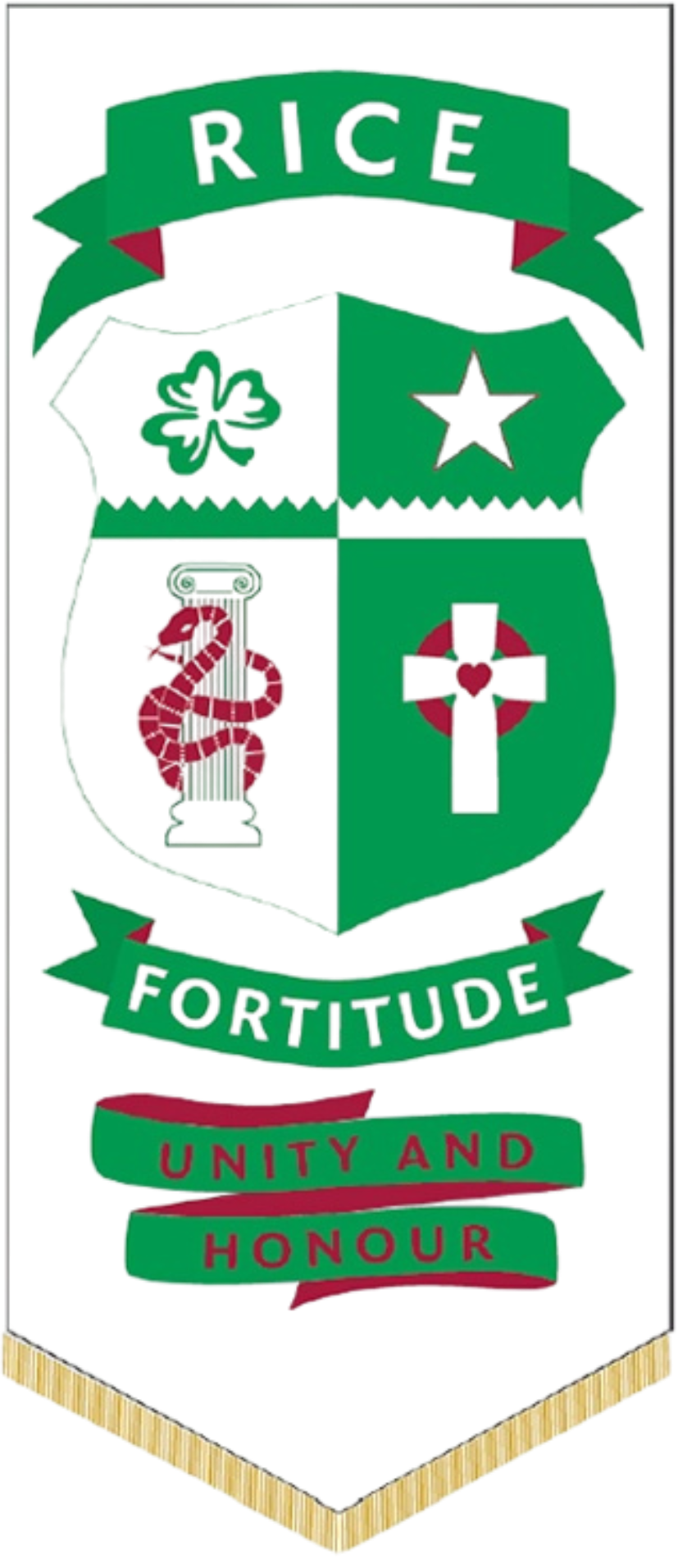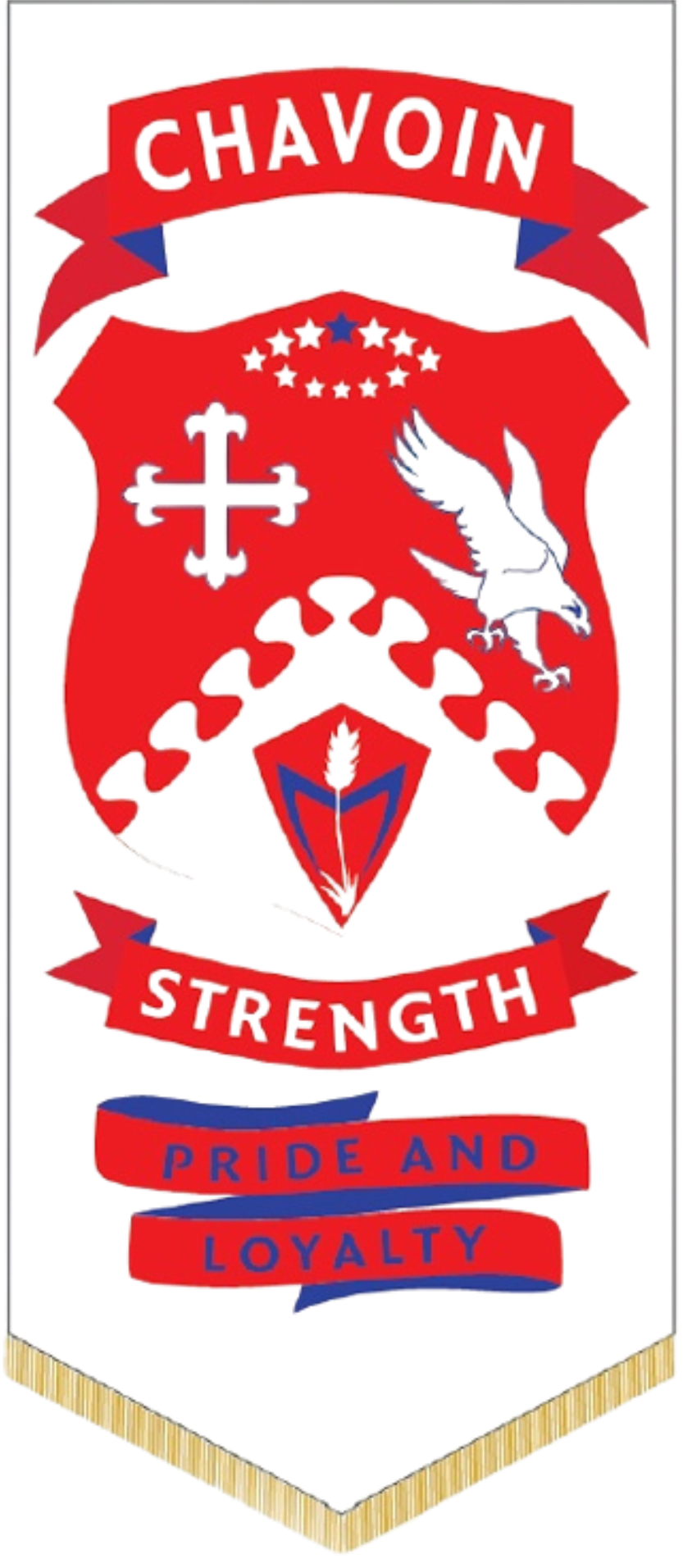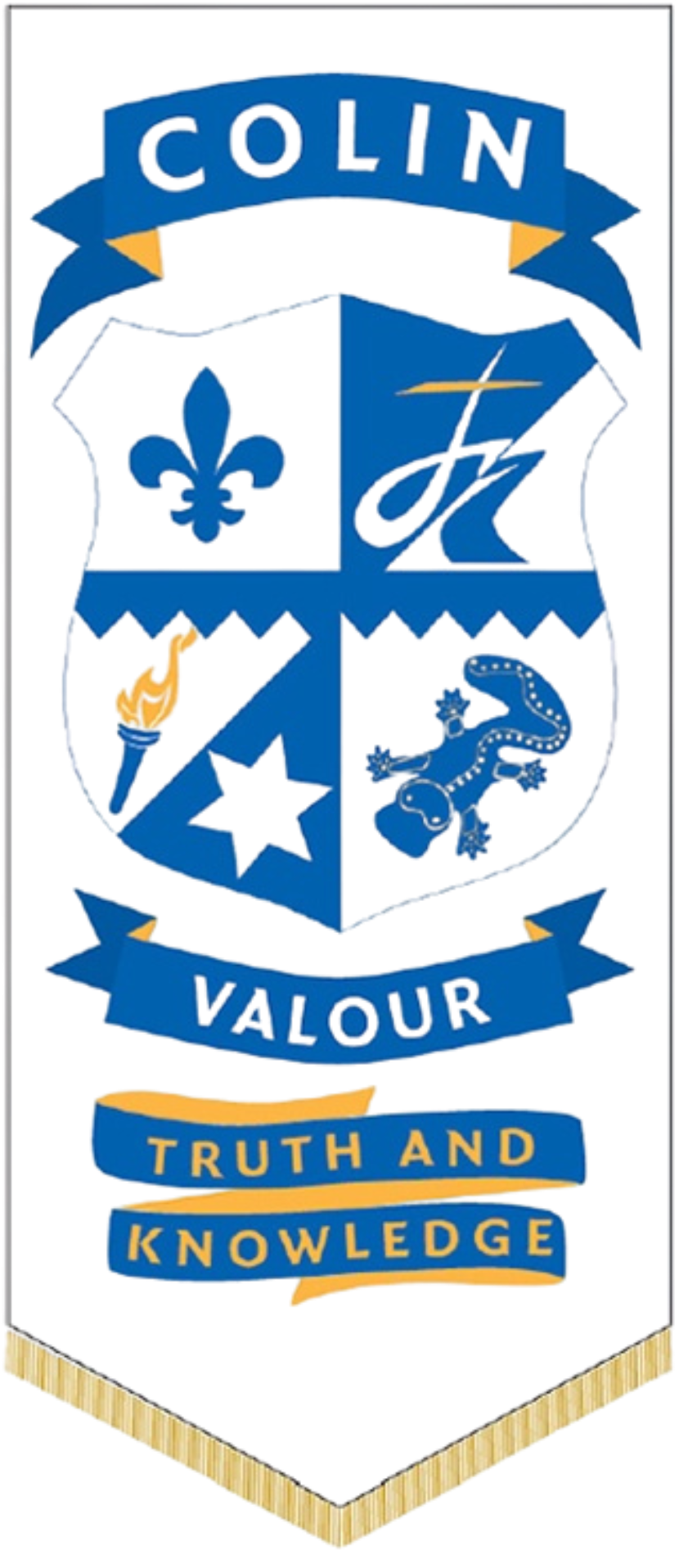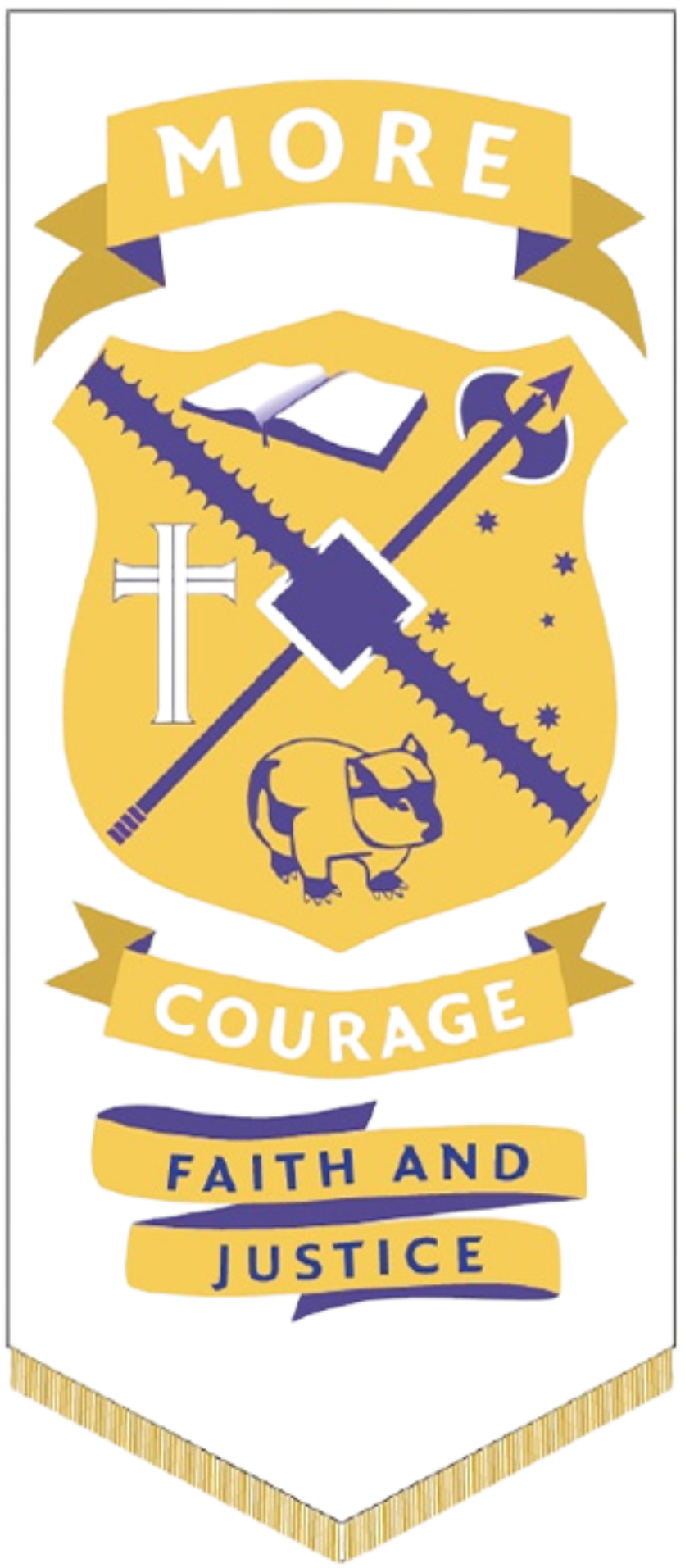Powered by Froala Editor

Edmund Rice was born in 1762 in county Kilkenny, Ireland. Following his early education he moved to Waterford where he was apprenticed to his uncle, Michael, who supplied the numerous shops located near the port. Edmund eventually succeeded his uncle and became a prosperous businessman. He married in 1785 and a daughter was born to the marriage but soon after his wife died in 1789. Edmund cared for his daughter with the support of his step–sister, Joan.
Rice devoted his life to prayer and charitable work, particularly with the poor and marginalised. Edmund viewed education as a priority. After much discernment and seeing the lack of Christian education among the boys of Waterford, Edmund commenced his great work of Christian education. Two religious congregations, the Christian Brothers and the Presentation Brothers, developed from the foundation which he laid in 1802.
Christian Brothers and Presentation Brothers schools around the world continue to follow the system of education and traditions established by Edmund Rice. Edmund led the Brothers for many years before dying in Waterford in 1844. Edmund Rice had a spirituality that was strong and practical; he was forever caring of the poor. In 1996, he was declared “Blessed” by the Church – the first step in the Catholic Church towards sainthood.

Jeanne-Marie Chavoin was born in a French village northeast of Lyons, in 1786. Jeanne-Marie grew up during the unrest of the French Revolution where religious persecution and abuses prevented freedom of worship. She had no official education and whatever she learnt came from home. Despite her personal lack of education, Jeanne-Marie valued learning very highly. Growing up, Jeanne-Marie learnt concern and compassion for others, particularly those less fortunate.
As religious freedoms started to be restored, she began to work in her parish, helping to take care of various people. Jeanne-Marie did this without drawing attention to herself. During this period, Jeanne-Marie encountered several religious groups who influenced her and was asked many times to join different religious orders. Jeanne-Marie was not interested in the usual monastic life of many of these offers. She was wanting to encourage open work in the community.
Having been invited to meet with John-Claude Colin and hearing about the Marist project (Marist = Mary+ Christ, a family of Marist groups that hold our Mother Mary as their role model), Jeanne–Marie founded the first community of Marist Sisters’. Her vision for the Sisters was to live a hidden life in the world, acting as apostles in the community and educating children with limited opportunities. Marist Sisters are now located in many areas of the world continuing this work. Jeanne-Marie died in 1858.
 Colin House
Colin HouseColin House is named after Jean Claude Colin, the founder of the Marist Fathers. The Marist Sisters ran Chavoin College at Burwood from 1967–1979 before it became the Senior Campus of Emmaus College.
Jean Claude Colin was born in 1790 in the Rhone region of France and was the eighth child of nine children. His parents owned and cultivated a piece of land, and during the winter turned to weaving. The home in which Jean Claude was born was secure and loving, despite the cataclysmic times of the French Revolution. His parents died in 1795, leaving the children orphaned.
Jean Claude was cared for by relatives before entering the Seminary to become a priest. It was in the Seminary that Jean Claude and some of his companions were guided by God to found a Society of Mary whose members would call themselves Marists (Marist = Mary + Christ). Father Colin was to be a founder of the congregation and along with Jeanne-Marie Chavoin he co–founded the Marist Order of Sisters.
Jean Claude’s life is the story of a man touched by God in a remarkable way: a man whose temperament and personality, transformed by grace enabled him to find a particularly effective response to the deep spiritual needs of his time. Jean Claude died in 1875. Since that time the Marist Order has spread to many areas of the world including Australia.
 More House
More HouseThomas More had an education suited to a son of a gentleman, and became a lawyer on the insistence of his father, despite considering becoming a priest. He was very successful and was eventually elected to the English Parliament.
The late 1520’s were the start of the downfall for Thomas More – years that would lead to his eventual martyrdom. Around the time that More was appointed Lord Chancellor, Henry VIII proclaimed himself ‘supreme head’ of the Church in England. Unable to accept this, More resigned his position. In 1534, Thomas More was summoned to take an oath that Henry VIII was supreme ruler over the Church. He refused – an act considered to be treason.
Thomas More, after declaring that in religious matters the King’s authority could not override his conscience, was executed on July 6th 1535 when he reputedly stated, “I die the king’s loyal servant, but God’s servant first”. Thomas More is considered a role model. He set high standards in relation to maintaining Christian moral values, and to stand up for what is right. Thomas More was a person who reached great stature in society, but maintained his personal integrity, true to his family, his faith, and his God.
© Emmaus College. All Rights Reserved.
Emmaus College acknowledges the Wurundjeri People as the Traditional Custodians of this land and pays respect to their Elders past, present and emerging.
Emmaus College promotes the safety, wellbeing and inclusion of all children and young people.
Site: YourSchool